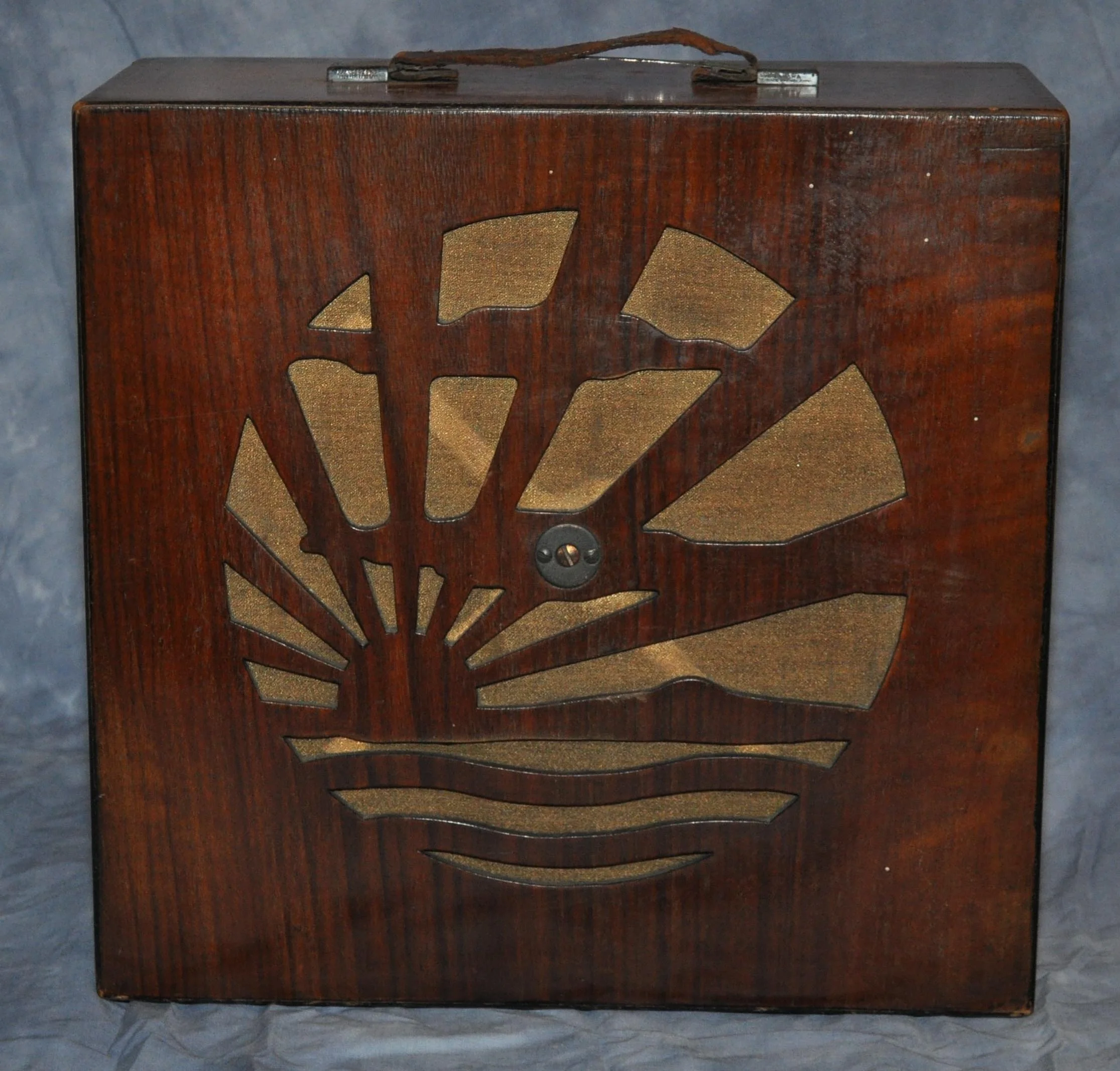By Dr Bob Bates, Pye History Trust and Cambridge Museum of Technology volunteer
In the 21st century, radio technology continues to play a huge part in our lives – and not just the audio broadcasts from terrestrial radio stations. For example, mobile phones, television and Wi-Fi all use types of radio technology.
But how does this ‘invisible’ technology work?
As part of a video series produced by the Pye History Trust to explain technologies that powered many exhibits in the Pye Story at Cambridge Museum of Technology (as well as many aspects of modern life), these educational videos explain radio in straightforward terms suitable for school students and new enthusiasts who wish to understand the basics.
What’s in the videos?
Part 1 explains what radio waves are and how they are produced. The video explains
how radio waves can be made to carry information (such as the sound of a voice) and how these signals are transmitted, and
how a simple radio receiver works to receive the signal, extract the sound information, and amplify it so that it can be heard.
Part 2 explains the development of radio technologies from amplitude modulation (AM) to frequency modulation (FM).
A major part of Pye’s business in the 20th century was built on radio technology.
As radio became more popular and more radio stations became available, early radio receivers were not always able to select one station without receiving interference from another on a nearby frequency. Also, early valves were not as effective at amplifying high-frequency radio signals as they were at amplifying lower-frequency signals.
The superhet receiver was invented to overcome these problems. Its operation is explained in this video.
Although the superhet made it easier to select the wanted radio station frequency, there was still a problem with interference from other signals that could not be filtered out. This interference would be detected by the receiver and it was unable to distinguish between the required signal and the interference.
By the mid 1950s an alternative modulation technique called frequency modulation (FM) was introduced which largely overcame this problem. Its operation is also described in this video.
Like these online videos? Ways you can support the museum!
If you enjoy these videos, please consider supporting the museum:

